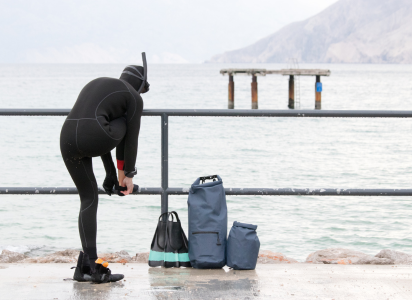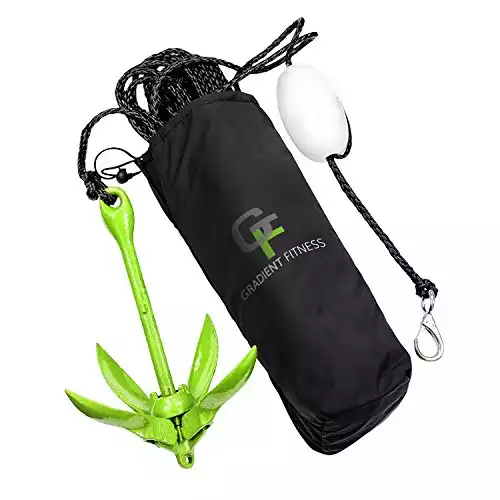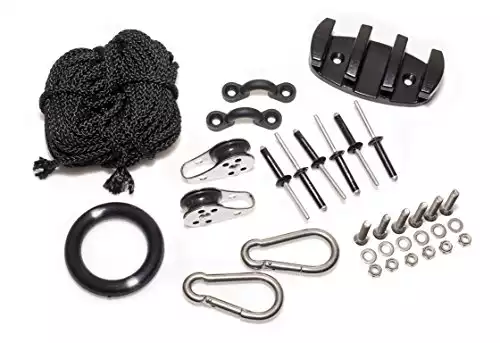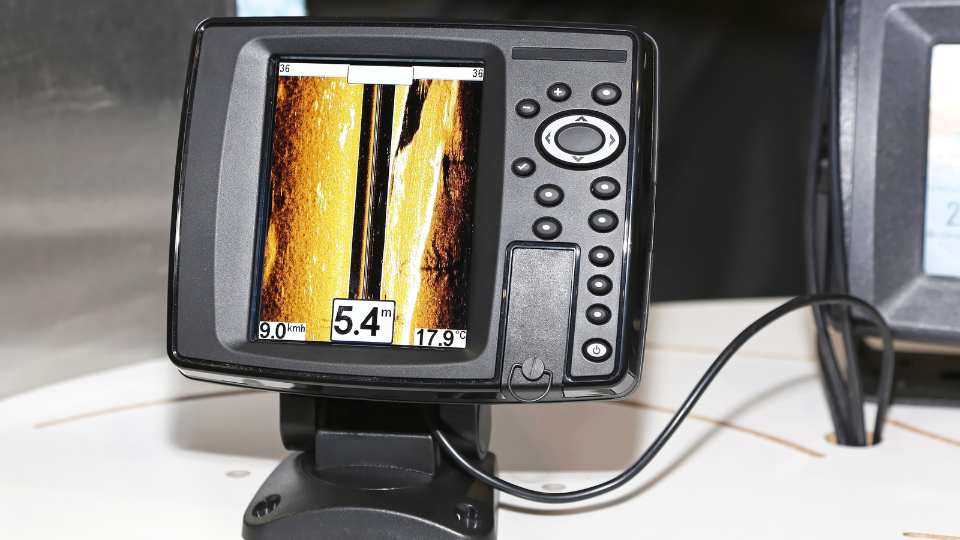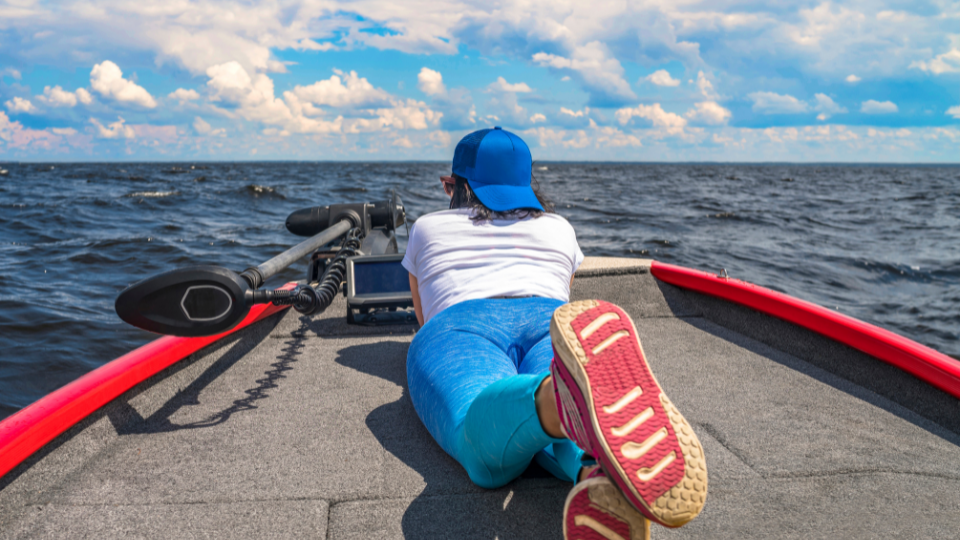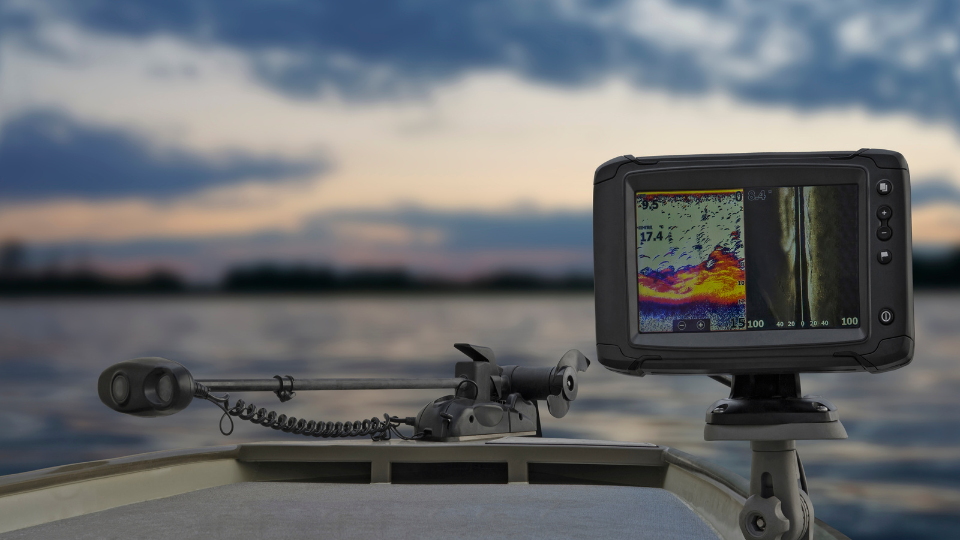Alright, so if you are a kayaker who is about to try paddleboarding and don’t have a proper paddle, this is a fair question to ask: can you use a kayak paddle for paddleboarding? So, I made the mistake of doing this when I went out for my first paddling trip and well, never again!
Having the essential gear is important for water activities so I am happy af to answer this question for you in detail. Let’s jump into each of these vessels and specifics and get comfortable!
Yes, You Can, But It’s a Bad Idea!

The answer is yes but I don’t recommend it and for a few good reasons!
Because kayak paddles have two blades, they create more drag and resistance than a single-bladed paddle, which can make it harder to maneuver the board.
If you put the two different paddles side-by-side, you’ll notice that kayak paddles are longer, making it difficult to paddle comfortably in a standing position. While you can use a kayak paddle for paddleboarding, people find that doing that is kind of a pain in the tush tush.
On the other hand, paddleboard paddles are designed specifically for the sport, making them the best choice for paddleboarding. The single blade of a paddleboard paddle allows for a smooth, efficient stroke, and the shorter length makes it easier to navigate through the water in a standing position. Please note that the strokes become so much easier!
Also, paddleboards paddles are relatively lighter and easier to handle, so you can enjoy paddleboarding for a more extended period.
Differences Between Various Types of Options

First things first: let’s understand the difference between a kayak paddle and a paddleboard paddle. They’re both good but for the purposes they serve. What’s a pro for one is a drawback to use for the other!
A kayak paddle typically has a longer shaft and two blades, one on each end, while paddleboard paddles have a single blade and are shorter in length. The blade of a paddleboard paddle is also wider and flatter than that of a kayak paddle. While both paddles are used for paddling in water, they are designed to meet the specific needs of each sport.
One way to identify a paddleboard paddle is by its material. Paddleboard paddles are typically made of lightweight materials such as carbon fiber, fiberglass, or aluminum, while kayak paddles can be made of heavier materials such as plastic or wood.
Why Are SUP Paddles So Expensive?
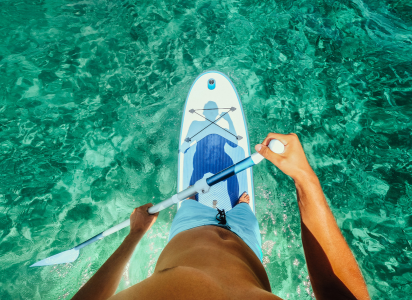
SUP paddles are usually more expensive than kayak paddles because of the materials used and the design.
The blade of a paddleboard paddle is curved to give you more power for each stroke, while the shaft is shorter to make it easier to maneuver in a standing position. But, they last for years if you invest in them and take good care of them!
The lightweight materials used also makes SUP paddles more expensive. Carbon fiber and fiberglass paddles are typically more expensive than aluminum or plastic paddles.
The cost of a paddleboard paddle depends on its weight, materials used, and design, but in general, you can expect to pay more for a SUP paddle than for a kayak paddle.
Can You Use a Kayak as a Paddle Board?

If you’re looking for a way to experience both kayaking and paddle boarding, there are inflatable boards that can be converted into either sport.
These hybrid boards offer the best of both worlds – the stability of a kayak and the fun of a paddleboard!
How Much Difference Does a Kayak Paddle Make?

Using a kayak paddle for paddleboarding can make a big difference in your experience, as the two-bladed design of the kayak paddle creates more drag and resistance than a single-bladed paddleboard paddle.
This can make it harder to maneuver and control the board, which is why I don’t recommend using a kayak paddle for stand-up paddling.
To Sum It All Up!
To sum up, while a kayak paddle can be used for paddleboarding, I do not recommend you do that.
SUP paddles are specifically designed for the sport, very much so for a paddle board, and make for a more efficient and comfortable paddleboarding experience. They are lighter, shorter, and have a single blade, making them easier to handle and navigate through the water.
Using a kayaking paddle may be a pain in YOUR tush!

